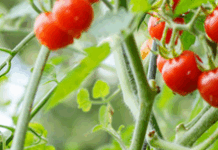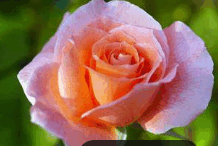Take two cloves of garlic and call me in the morning,” Most of us likely haven’t heard that from the family physician lately.
“However, historic documents suggest that for millennia garlic was the go-to natural remedy for a wide array of ailments,” according to David Trinklein, University of Missouri Extension horticulture specialist. “Its nutritional value, along with its medicinal benefits, made garlic one of the most valued plants in ancient times, and perhaps the first to be cultivated.”
The common name garlic comes from the Old English word “garleac.” Literally interpreted, the latter means “spear leek,” referring to the lanceolate shape of the plant’s cloves.
Today, we recognize two main types of garlic: hardneck and softneck. Hardneck varieties are more flavorful and easier to peel than softneck, making them the choice of most chefs. But hardneck garlic does not store as well as softneck types.
Fall is an ideal time in the Midwest to plant garlic. Fall planting lets roots develop but limits growth of shoots, which die during winter, so the energy the plant used to produce them is wasted.
Like most members of the onion family, garlic prefers cool weather. It grows best in a sunny location in soil of moderate to high organic matter. It should drain well and retain moisture. Add well-rotted manure or compost to improve the soil’s organic content.
Before planting garlic, soil should be amended based on soil test results. “In the absence of the latter, a general recommendation is to apply 3 pounds of a balanced fertilizer (for example, 10-10-10) per 100 square feet of garden area,” said Trinklein.
Plant individual cloves pointed side up 2-3 inches below the soil line. Space cloves about 6 inches apart in rows. Do not buy cloves for planting from the grocery store. Get them from a mail-order or online seed company, or a local nursery. Do not break cloves apart until planting day.
Irrigate the garlic if there is not enough water. Avoid overwatering, however, because too much water causes bulb rot.
Weed control also is important, since garlic does not compete well with weeds.
In the Midwest, garlic usually is ready to harvest between the second week of July through the first week of August the year after its planting. When harvesting, dig the bulb with its leaves attached. Let harvested plants air dry before brushing off excess soil. Store in a cool location.
For those who enjoy garlic in their cuisine but fear the offensive after-effects, Trinklein recommends drinking lemon juice for garlic breath.
To learn more about garlic, see the article “Garlic: A Brief History” at ipm.missouri.edu/MEG/2015/9/Garlic-A-Brief-History.
Photo credit: oatsy40




